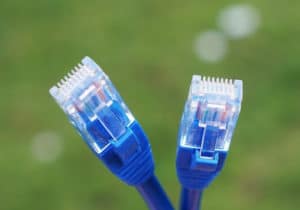Table of Contents
Are you looking forward to upgrading your network, or do you want to build a new one?
If yes, it's essential that you consider the type of cable to use in the house or office. The network cable you choose should be reliable in terms of network speed. Additionally, it should help if the cable is future-oriented so that you don't have to rewire when there are new features in the future.
So, in the comparison and the common usage between cat6 vs cat6e, which one comes out as the best? What factors should you consider before settling on one?
We understand it can be a daunting task choosing one between cat6 and cat6e. For all the questions you have about cat6 and cat6e, we have the answer to each. We also give you the latest top Ethernet cables here, and present all types of Ethernet cables in this post, while those more gaming-oriented should check out this review, or look for the PS4 cables in this post.
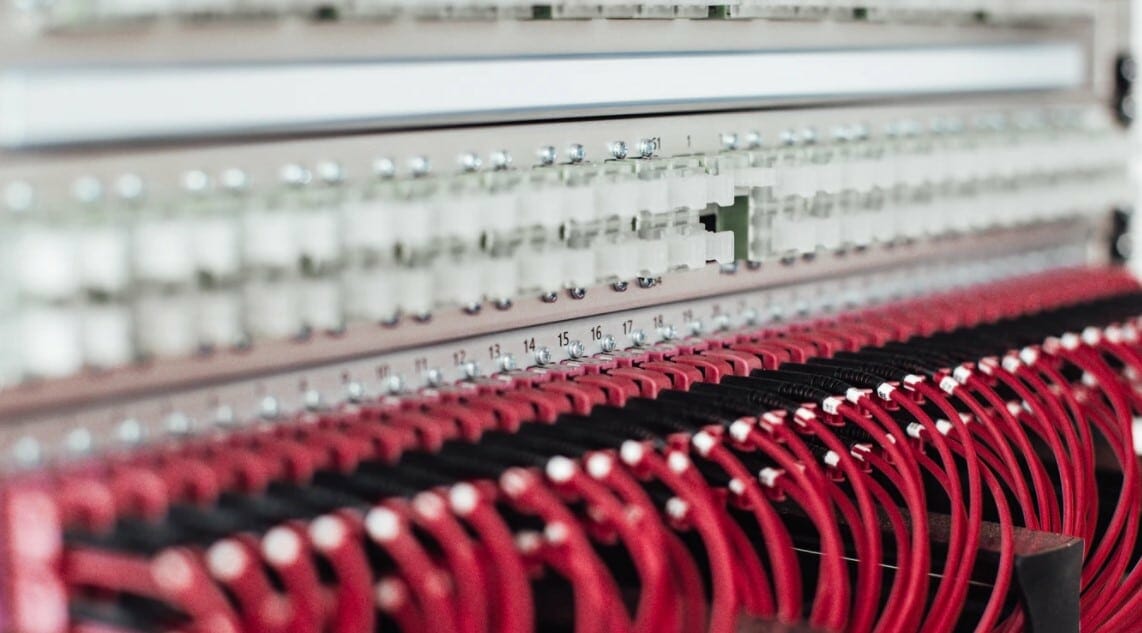
Is All Cat 6 Cable The Same?
If you are looking for a cat6 cable, you have probably noticed that various 500 feet rolls don't cost the same.
Why would there be such a variation?
It could be due to the material difference. Ensure that you don't use copper-clad aluminum, but you go for pure copper. Also, ensure that you use solid, riser rated cable as watched cat6 cable is only used for permanent installations.
Cat6 cable is more expensive than cat 5 and cat5e, and you only need it for 10GB. Maybe this review will help you decide on the cable upgrade options.
Cat 6 cables can be put in different categories depending on various and tighter specifications. For instance, you can have different types of cat6 in terms of the copper conductor in pairs and shielded and unshielded cat 6. You can also get solid and stranded cat 6 network cables.
Is Cat6e Backward Compatible?
Yes, cat6e is backward compatible. That means you can connect it with previous versions such as cat5, cat5e, and cat6 without any issues. You can also use an ethernet splitter with these models as well.
You don't even need another cable to connect to a cat 6 network. The two network cables are designed to work with the same RJ45 connectors with an 8P8C (eight positions, eight connections) configuration.
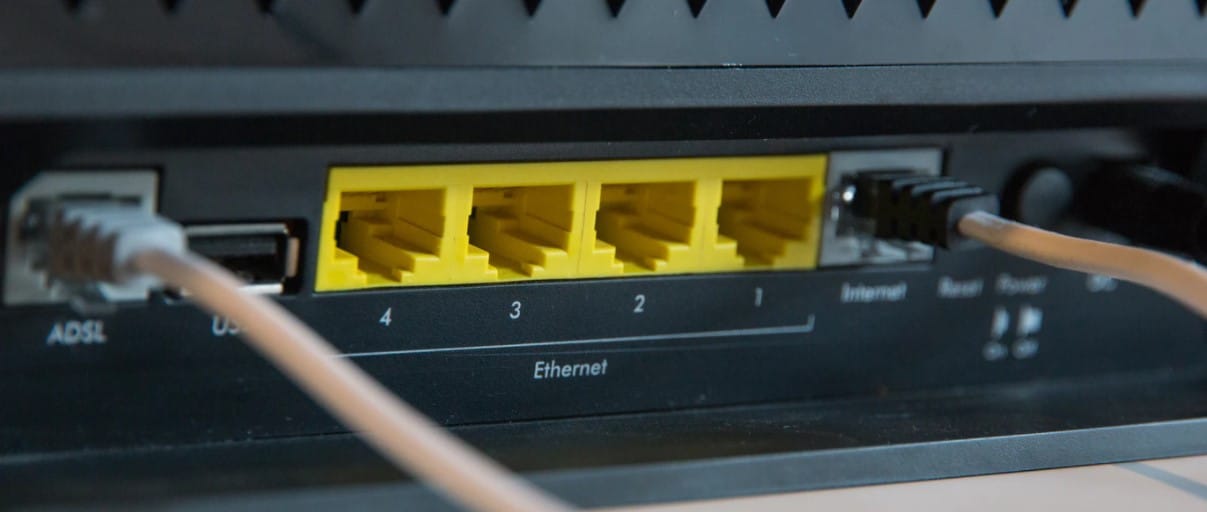
The Difference Between Cat6 vs Cat6e
Cat6 Ethernet Cable
Cat6 ethernet cable is an upgrade of the cable category 5e network cable. It came about after mainstream adoption of the Gigabit Ethernet, a new standard network cable. The new cable was to offer data transmission a higher bandwidth of 250 Mhz.
As such, the cat6 ethernet cable was introduced.
The cable has an increased shielding and a thicker-gauge wire. The cat6 cables have more twists per inch, which helps to reduce signal interference and loss.
The cat6 cable offers a faster transfer of data than the cat5e cable. It offers a transmission speed of 10 Gigabit Ethernet over a distance of 37 to 55 meters. If the distance is increased to a maximum length of 100 meters, then the transmission speed becomes slower at 1000 Mbps.
If you are looking for a faster connection for your home or office, The cat6 cable is a perfect choice.
Additionally, the cable comes in two shielding styles, which include the UTP and STP shielding. For the UTP style, you have no foil seal between the twisted pairs of copper wires and the outer PVC cover. On the other hand, the STP cat6 cables have a grounded foil shielding between the twisted pair of copper wires. It has less likelihood of crosstalk.
Category 6a is the standard improvement from the category 6 cables. The cat 6a offers increased Gigabit ethernet and better restrictions to crosstalk.
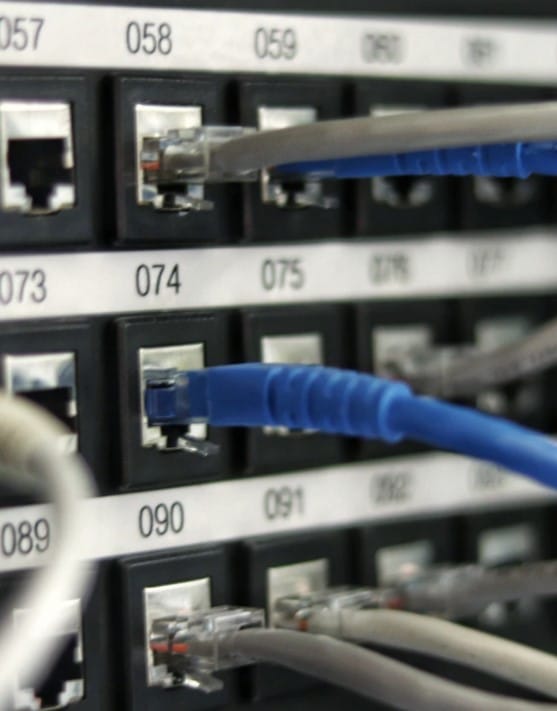
The Cat6e Ethernet Cable
The category 6e is more or less the same as the category 6 cable, especially in structure. Like the cat6 cable, the cat6e cable has tightly twisted copper wires, and they have the same material construction.
So, what is the difference between cat6 and cat6e?
The cat6 cable comes in shielded and unshielded variation. On the other hand, the cat6e cables are all shielded, which reduces the chances of crosstalk.
The cat6e cable was designed to offer a double transmission frequency from the 250 Mz by cat6 to about 600 Mhz bandwidth. The category 6e cable has no recognized standard by the TIA like there is for the cat6 and cat5e.
The cat6e cables offer a maximum transmission speed of 10 Gbps. They offer speeds at a distance of 100 meters. With its enhanced maximum transmission speeds, frequency, and bandwidth, cat 6e is an excellent choice for a home, office, and even data centers.
The cat6e has a spline that runs through its entire length.
The spline acts as a separator for the twisted pairs of copper wires, which improves the cable structure and reduces crosstalk. Crosstalk can be signal interference or signal noise between various pairs of wires that would affect the signal strength.
Note, sometimes it can be a challenge working with a spline, especially if you are coming from cat5e or an earlier version. Thus, you can choose to go for a cat6 network cable with a spline or without a spline. You can get dealers who offer both.
How Do They Compare?
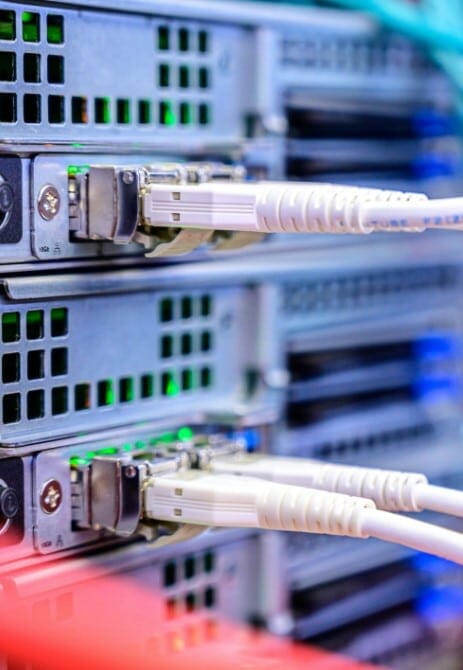
Shielding
The two cables have a body construction that ensures durability.
Cat6 cable comes in two shielding format varieties, including Unshielded Twisted Pair (UTP) and Shielded Twisted Pair (STP). The wires are covered in a thin PVC since if they are left bare, it will result in interference. The wires are then twisted in pairs, which reduces crosstalk. The spline that runs through its length maintains a sound structure and keeps the pairs from each other.
The cat6e also has the same build and a PVC that protects the twisted pair of wires.
The difference between cat6 and cat6e cables is that all the cat6e cables come shielded. There are no UTP or STP variations.

Maximum Bandwidth
The two cables also differ in terms of the maximum bandwidth that they offer.
For instance, the cat6 cable offers a maximum bandwidth of 250 Mhz, which allows it to support Gigabit transmission. A number of manufacturers claim that their cat6 cable can transmit up to 500 Mhz.
On the other hand, the cat6e ethernet cable supports broader bandwidth than its predecessor, the cat6. It offers a broader bandwidth of 600 Mhz. As such, it offers steady transmission speeds even in longer distances.
In terms of performance distance, the two network cables offer the same optimal performance at 328 feet.
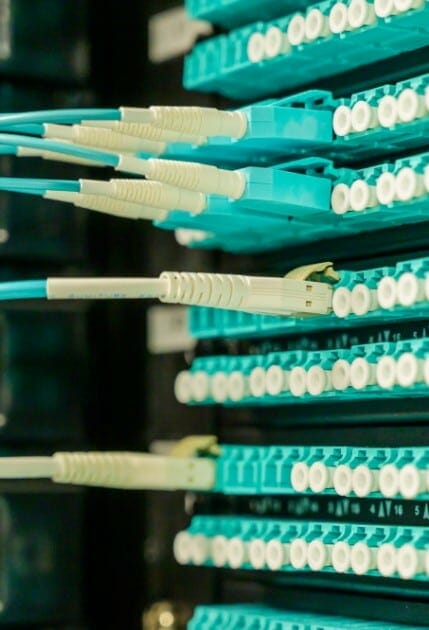
Maximum Transmission Speed
The two ethernet cables support Gigabit transmission. However, the cat6 Gigabit transmission support is limited to a certain distance.
The cat6 network cable offers a maximum transmission speed of 10 Gbps. It offers a 10 Gbps speed over a limited distance of 37 to 55 meters. If the distance is extended, the speed reduces to 1000 Mbps.
Cat6e also supports internet speeds of up to 10 Gbps. The main difference between cat6 and cat6e is that the latter maintains the internet speed over a long distance. The 10 Gbps remains consistent even over a distance of up to 100 meters.
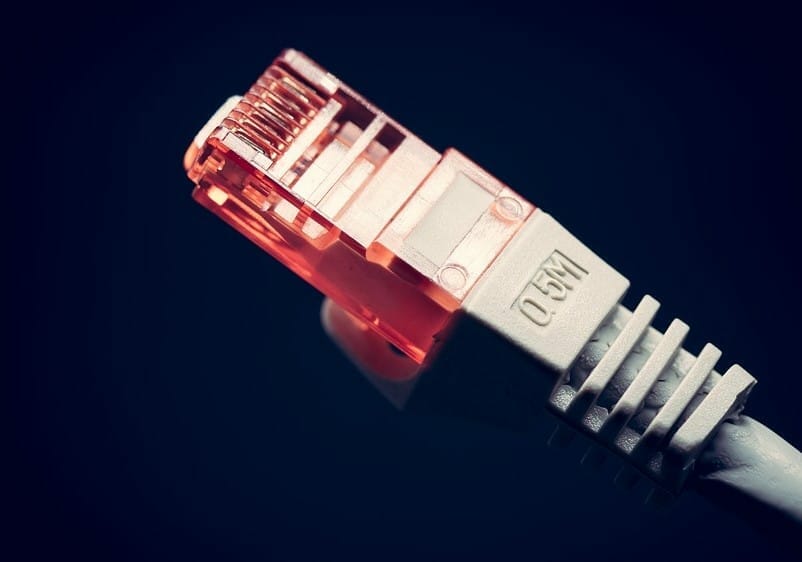
Do the Two Cables Use Different RJ45’s?
As you choose the right cable for your house, you need to choose the right RJ45. The right RJ45 should match the network cable you are using.
Both cat6 and cat6e use the same RJ45. There is no designated RJ45, but you use the same one for the cat6, although cat6e has a different structure. Thus, you can use any 8p8c for the two cables.
Note, you should watch out for the AWG size of the plugs. It would help if you matched the cable with the plug size. It would help if you also used stranded RJ45 with a stranded cable and a solid RJ45 cable with a solid plug.
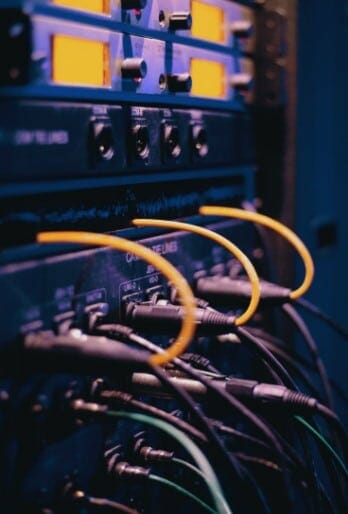
Do the Two Cables Use Different Keystone Jacks?
Cat6 and cat6e ethernet cables such as the stranded cable, riser, and plenum don't use different keystone jacks. You should make sure to use the correct type of keystone jack with the correct type of cable.
For instance, if you are using a shielded cat6 network cable, you should match it with shielded keystone jacks. In the same way, you should use unshielded keystone jacks with unshielded cables.
As you decide to use whichever cable, you should decide whether you want to use 90 degrees or 180-degree designs.
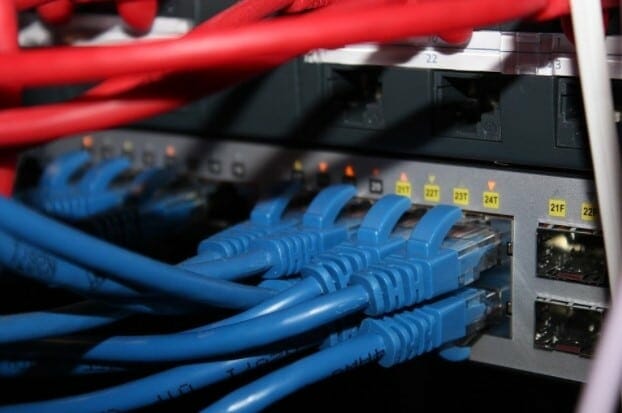
Which Patch Panel Should You Use?
The type of patch panels you want to use will depend on the type of cables, whether they are shielded or unshielded.
The most common catch panels are 24 port and 48 ports, which can mount on the networking racks or on the wall.
For connectivity purposes, you can use cat6 connectors to connect the cat6 and cat6e cables.
The type of connectors to use will depend on your network setup and your needs.
Conclusion
Both cat6 and cat6e cables are excellent choices if you are looking for cables that can support Gigabit speed transmission. They both have a sturdy construction, especially with the tightly twisted wires and the spline. They both support fast speed transmissions and are durable, saving you the cost of rewiring in the near future.
You can use the cat6 cable in your home or office, while the cat6e cable is ideal for homes, offices, and data centers.
So, which one should you choose?
If you are not working in a data center, cat6 cable would be a perfect pick for your house or office. cat6e would be overkill in such settings.
FAQs
1. Are Cat6 and Cat6e connectors the same?
Yes. There is no connector designated for Cat6e. Cat6e cable has a unique structure but utilizes the same type of RJ45 connectors as Cat6 cable. Thus, any 8P8C Cat6 RJ45 connector will suffice for these cables. Bear in mind that the AWG size ratings of the plugs are critical here.
2. What is CAT 6e cable used for?
CAT 6e cable is an Ethernet cable that is used for networking and telecommunications. It can be used to connect computers, phones, routers, and other devices. CAT 6e cable has a higher bandwidth than CAT 5 and CAT 5e cables, making it ideal for high-speed data transmission. It is also resistant to interference and crosstalk, making it a reliable choice for networking applications.
3. Is Cat 7 faster than Cat6?
Yes. The primary distinction between Cat6 and Cat7 is in terms of speed and frequency. 10,000 Mbit / s can thus be transferred 10,000 times per second at a frequency of 1,000 MHz. As a result, a Cat7 cable will transfer data faster than a Cat6 cable.
4. Are all Cat6 cables the same?
In theory, yes – but in practice, there can be some subtle differences. The main thing to look for is whether the cable meets the Category 6 standard. This will ensure that it has the performance required for Gigabit Ethernet. Not all Cat6 cables are created equal, though, so you may want to look for one that’s been certified by a third-party organization like TIA/EIA or UL.
5. Will Cat6 work with my router?
CAT6 is compatible with all network equipments including routers. CAT6 is merely a manufacturing specification for cable. Ethernet cables will never change their method of data transmission. It is established by the Telecommunications Industry Association (TIA) as an industry performance standard, whereas CAT6e is not. CAT6A cables can extend maximum data rate up to 100 meters and transfer data up to 1 GHz.

